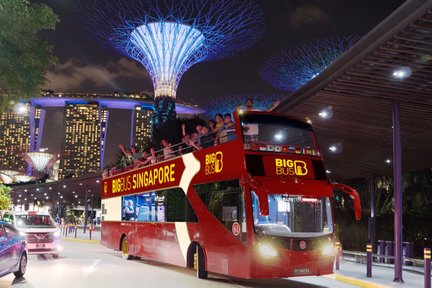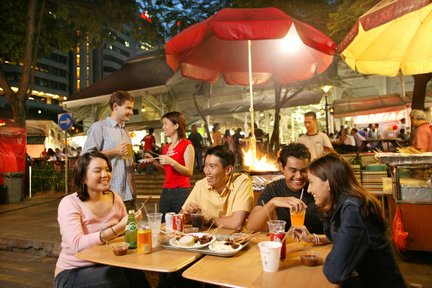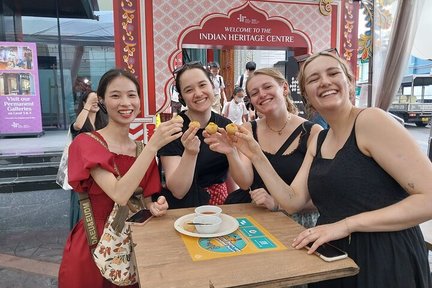Lau Pa Sat
The best of Lau Pa Sat
Bucket-list experiences
Make it a getaway
Events with a lot of buzz
Trouble-free transport
All that's good & tasty
More to explore
Why people love Lau Pa Sat
Nearby places to go
FAQs about Lau Pa Sat
What is the best time to visit Lau Pa Sat?
How can I get to Lau Pa Sat?
Are there any dining tips for Lau Pa Sat?
What to know before visiting Lau Pa Sat
Remarkable Landmarks and Must-Visit Sights
Victorian Architecture
Designed by British colonial engineer James MacRitchie in 1894, Lau Pa Sat's octagonal structure features intricate iron filigree and ornate beams, making it a stunning example of Victorian-era architecture.
Expansive Food Selections
With over 200 food stalls offering a diverse range of cuisines including Chinese, Malay, Indian, Korean, Japanese, Vietnamese, and Filipino, Lau Pa Sat is a food lover's paradise. The central atrium serves as a hub for drinks, ensuring you have the perfect beverage to complement your meal.
Street Dining After Dark
After 7 p.m. (or 3 p.m. on weekends and public holidays), Boon Tat Street transforms into a lively street food market. Enjoy the nostalgic experience of traditional Singapore street food, with stalls grilling satay, chicken wings, and barbecued seafood until 3 a.m.
Cultural and Historical Significance
Originally known as Telok Ayer Market, Lau Pa Sat has been a cornerstone of Singapore's history since 1894. It has survived the test of time, including a meticulous reconstruction in the late 1980s, to remain a vibrant part of the city's cultural landscape.
Local Cuisine
Lau Pa Sat offers a unique culinary journey through Singapore's diverse food culture. Must-try dishes include satay with rich peanut sauce, grilled chicken wings, and a variety of international flavors that make this market a gastronomic delight.
Historical Landmarks
Originally built in the 19th century, Lau Pa Sat has undergone several transformations, making it a significant historical site in Singapore.



